
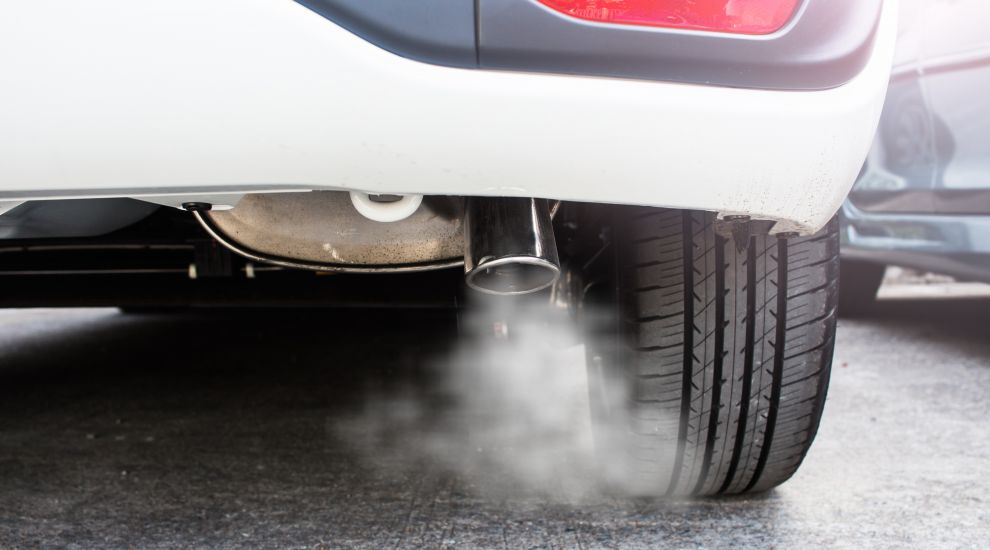

Emissions of greenhouse gases in Jersey fell by 15% between 2019 and 2020 as lockdown drastically cut the number of car journeys.
Although transport – including domestic flights and vehicles – remained the largest source of climate-warming gases, emissions from the sector fell by almost 30% over the two years.
In the two decades between 1990 and 2020, transport emissions have decreased by 37% as vehicles get cleaner and more islanders buy electric cars or choose greener ways of travel.
The latest audit of Jersey’s greenhouse-gas emissions has recently been published. Now including 2020, the inventory shows how emissions have fallen since 1990 but also reveals the task at hand to drive emissions down further.
Jersey has committed to produce no more carbon dioxide – the most common greenhouse gas – than it can capture and store by 2050, in line with the 2015 Paris Agreement on Climate Change.
As the 2022 inventory only covers the period 1990 to 2020, it is not known if emissions are increasing post-pandemic and, if they are, to what extent.
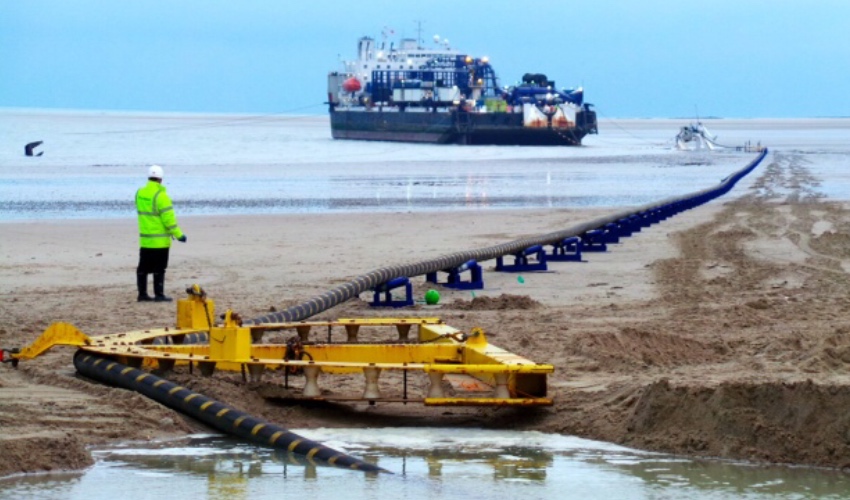
Pictured: Jersey emissions have fallen significantly since the Normandie 2 cable was laid 12 years ago.
Jersey’s greenhouse gas emissions fell by 46% between 1990 and 2020, primarily due to a fall in emissions from energy supply, caused by the switch to predominately French-produced electricity from 2000, when the 90 MW Normandie 2 undersea cable powered up.
Emissions associated with energy supplied via this cable are accounted for in France’s inventory and not Jersey's.
In 2020, the island produced 356,808 tonnes of ‘carbon-dioxide equivalent’ – the international measure of greenhouse gas emissions.
Some of that would have been absorbed by trees, soil, the ocean and other sources of carbon-capture but no way near enough to cancel out the impact.
The inventory report, produced for the Government by consultants Aether, concludes: “Although Jersey aims to be net zero carbon emissions in 2050, in reality, there will likely still be some ‘unavoidable’ carbon emissions.”
The report adds that individuals and organisations can reduce these emissions by purchasing offsets but adds that climate-change experts have warned that offsetting – or paying others to capture carbon on your behalf – is not the answer.
It states: “At a national scale, Jersey can also put in place measures that remove emissions from the atmosphere which could result in a net zero emissions inventory.
“These measures could include tree planting and implementing technology solutions such as carbon capture and storage on the Energy Recovery Facility [incinerator].
“The use of carbon capture and storage on the ERF would lead to a reduction in emissions from the energy supply sector of the inventory.
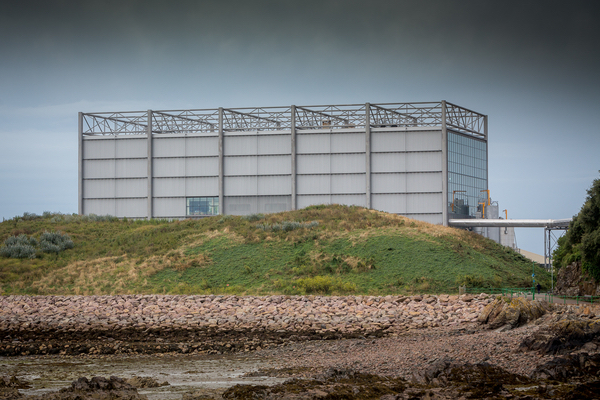
Pictured: The Government will soon begin a study to reduce emissions from the incinerator, which produces electricity through burning rubbish.
"In the long term, tree planting would impact emissions... however, the extent to which tree planting can help to achieve negative emissions in Jersey is limited by land availability.
“Carbon credits bought by individuals and organisations as part of offsetting schemes would not impact the Jersey national GHG inventory unless the offsetting project was occurring within Jersey.
“For offsetting projects occurring within Jersey, the impacts would be reflected in changes in the activity data used in the inventory.”
Jersey’s Carbon Neutral Roadmap was approved by the last States Assembly in April.
It includes a number of funded initiatives up to 2026, such as subsidies for electric vehicles, and longer-term strategies between now and 2050.
One of those is to make local solid waste disposal net-zero by 2040. To achieve this, the Roadmap commits the government to develop a ‘Circular Economy Strategy’ by 2025.
Addressing the inventory’s recommendation that more is done to capture and store carbon emitted from the ERF / incinerator, a Government spokesperson said: “Work to explore opportunities for carbon capture from the existing facility will begin this year.
“The 2040 target is based on the assumption that the current ERF will reach the end of its life and new technology be in place by that year.”
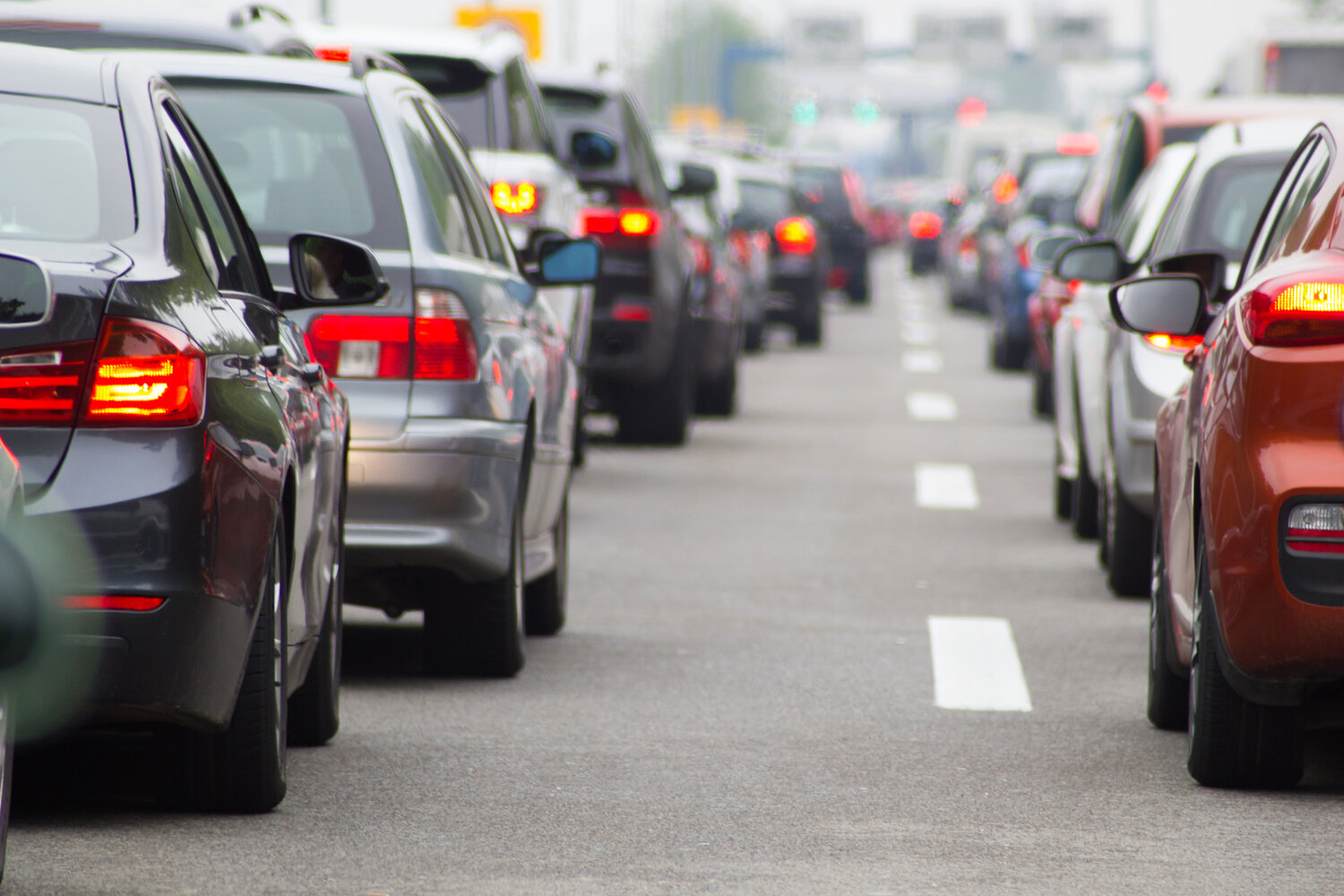
Pictured: Most emissions produced in Jersey come from cars.
They added: “It is worth noting that emissions from the ERF represent a very small proportion of Jersey’s total greenhouse gas emissions. For context, in 2017 it is estimated that emissions from the ERF represented just 0.2% of Jersey’s total emissions.”
By contrast, the largest contributing sector, ‘transport’, produces 36% of greenhouse gas emissions in Jersey in 2020. Passenger cars was the largest source within that category.
Jersey experienced an increase in overall emissions from aviation between 1990 and 2019 but the travel restrictions caused by the pandemic in 2020 meant that emissions from domestic aviation decreased to 16% of total transport emissions in the 2020 inventory, and became the third greatest source of emissions after cars and heavy-duty trucks and buses, respectively.
Ports of Jersey has launched a plan to reduce its emissions further, which includes promoting the airport as a testbed for green technology.
‘Residential’, including emissions from burning domestic oil and gas in homes for heating and cooking, accounted for 26% of greenhouse gases in 2020.
‘Business’ – which includes emissions from fuel use in the commercial and industrial sector - contributed 16% to total emissions in Jersey that year.
Energy supply, including emissions from the incinerator, contributed 13% to total greenhouse gas emissions in Jersey.
Around 5% of Jersey’s energy supply was produced on-island in 2020, from the ERF and solar panels.
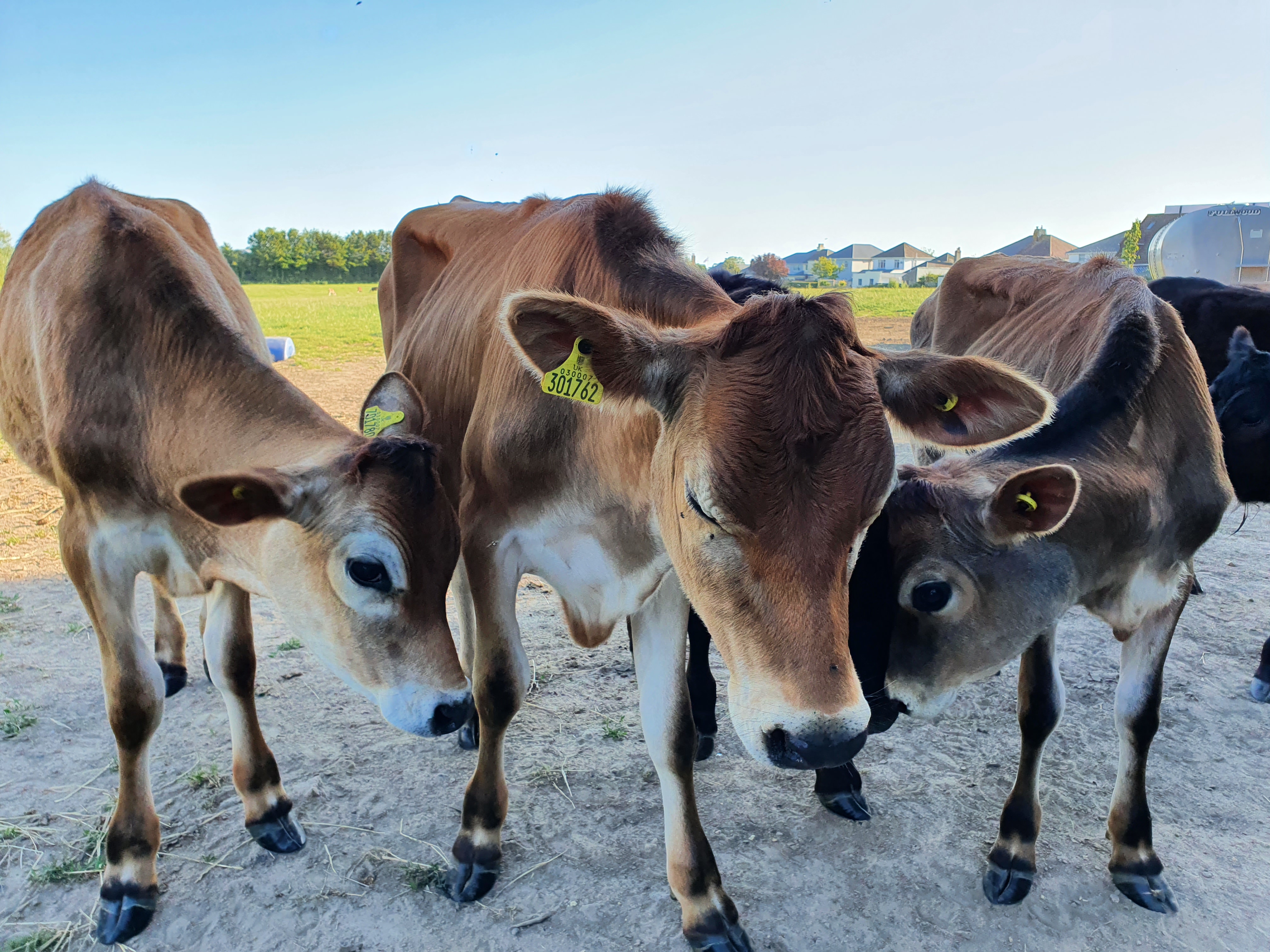
Pictured: Agriculture, including methane produced by cows, accounts for 6% of Jersey's greenhouse gas emissions.
Agriculture, which includes emissions from livestock, crop production and fertiliser application, contributed 6% to total greenhouse gas emissions in Jersey in 2020.
The Government is hoping to utilise Jersey’s territorial waters, and in particular its seagrass beds, to capture more carbon.
However, currently this ‘blue carbon’ capture cannot be included in official international inventories. The Government will soon publish a report detailing more opportunities on how Jersey can use the sea and its plant life to sequester greenhouse gases.
Comments
Comments on this story express the views of the commentator only, not Bailiwick Publishing. We are unable to guarantee the accuracy of any of those comments.